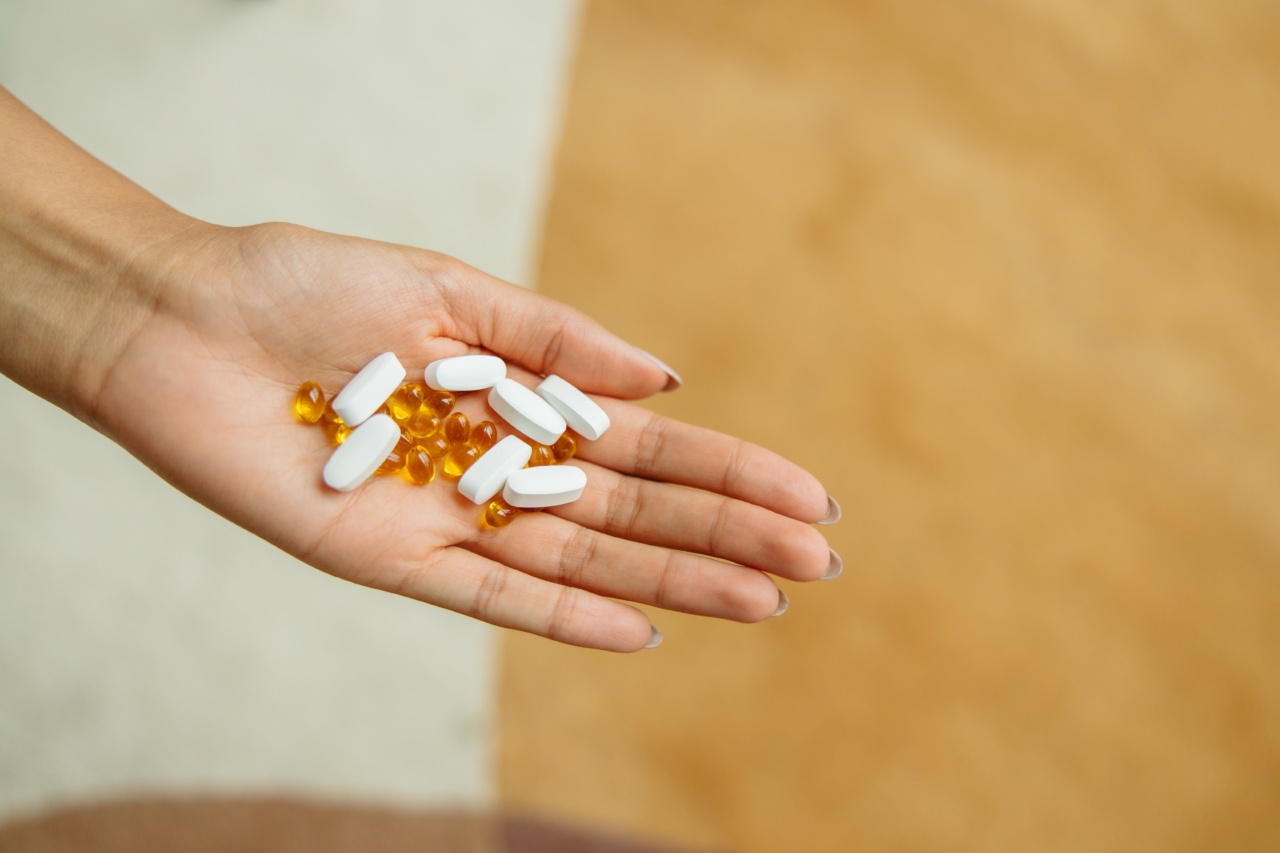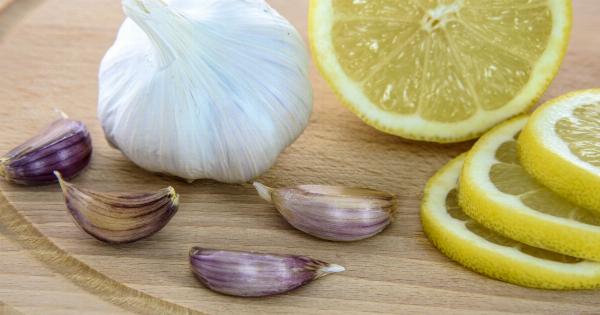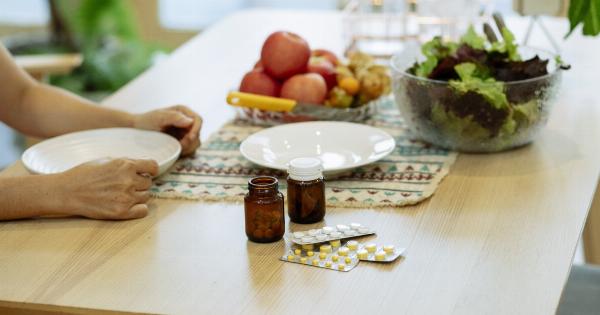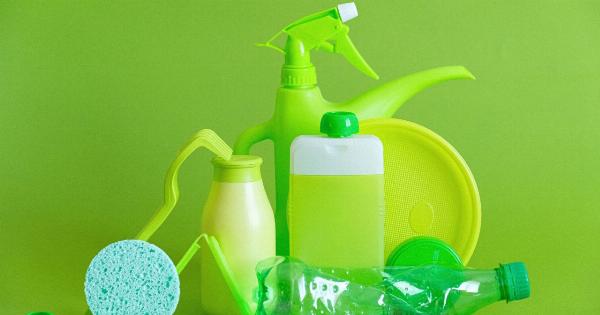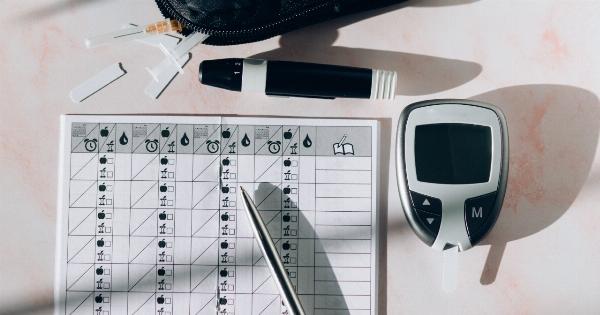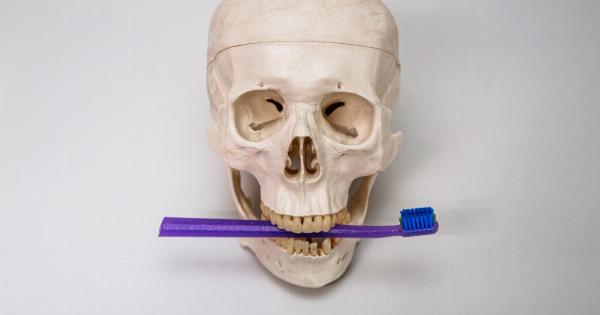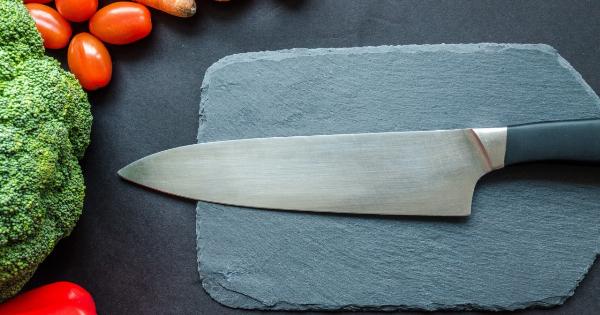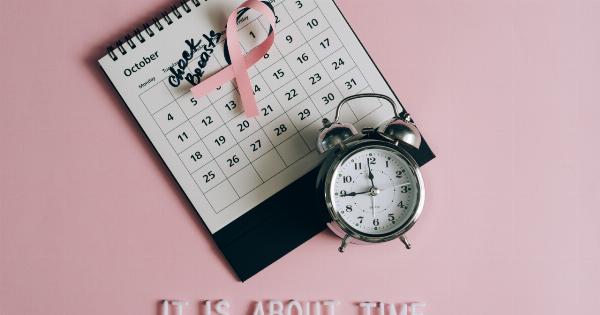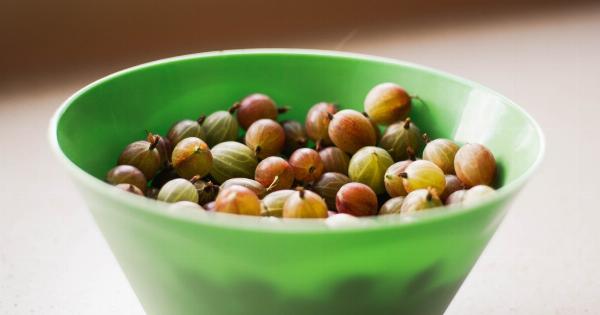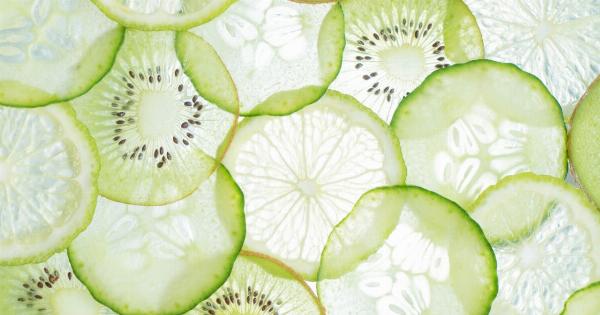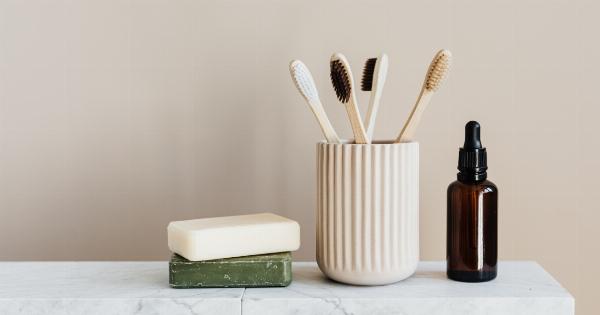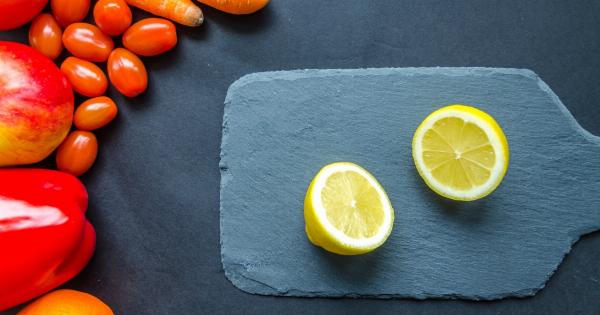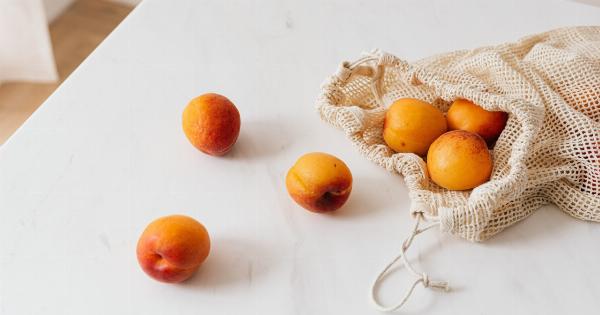Menstrual cramps can be a real pain, both physically and mentally. They can make it difficult to concentrate, get work done, and even enjoy daily activities.
Fortunately, there are many natural remedies that can help alleviate menstrual cramps, including nutrition. In this article, we’ll explore some of the best foods and nutrients for reducing menstrual pain and discomfort.
Omega-3 Fatty Acids
Omega-3 fatty acids are healthy fats found in foods like salmon, flaxseed, chia seeds, and walnuts. These fats have a number of health benefits, including reducing inflammation, which can help ease menstrual cramps.
Studies have shown that women who consume more omega-3s have less severe menstrual pain compared to those who consume less.”.
Magnesium
Magnesium is an essential mineral that plays a role in over 300 bodily processes. It can also help alleviate menstrual cramps by reducing muscle tension and inflammation. Good sources of magnesium include leafy greens, nuts and seeds, and whole grains.
Women who consume a magnesium-rich diet also have a lower risk of developing premenstrual syndrome (PMS), which can cause cramping, bloating, and other symptoms.”.
Vitamin E
Vitamin E is a powerful antioxidant that can help reduce inflammation and relieve pain. It can also help regulate hormones, which can improve menstrual cycle regularity and reduce cramping.
Good sources of vitamin E include nuts, seeds, and vegetable oils.”.
Vitamin D
Vitamin D is a crucial nutrient that helps the body absorb calcium and maintain strong bones. It can also help reduce inflammation, which can ease menstrual cramps.
Studies have shown that women who consume more vitamin D have fewer menstrual symptoms compared to those who consume less. Good sources of vitamin D include fatty fish, egg yolks, and fortified dairy products.”.
B Vitamins
B vitamins are important for cell function, energy production, and hormone regulation. They can also help reduce menstrual pain and cramping. In particular, vitamin B1 (thiamine) has been shown to significantly reduce menstrual cramps.
Good sources of B vitamins include whole grains, leafy greens, and fortified cereals.”.
Zinc
Zinc is an essential mineral that plays a role in immune function, wound healing, and cell growth. It can also help reduce inflammation and relieve menstrual pain. Good sources of zinc include oysters, beef, pumpkin seeds, and lentils.”.
Ginger
Ginger is a natural anti-inflammatory that can help reduce menstrual pain. It has also been shown to reduce nausea and vomiting associated with menstruation. Ginger can be consumed in a number of ways, including in tea, capsules, or as a supplement.
It can also be added to meals or used as a spice in cooking.”.
Turmeric
Turmeric is a bright yellow spice that contains a compound called curcumin, which has potent anti-inflammatory effects. It can help reduce menstrual pain and inflammation, and may also help improve mood and reduce anxiety.
Turmeric can be consumed in supplement form, or added to meals as a spice.”.
Green Tea
Green tea is rich in antioxidants called catechins, which have anti-inflammatory effects. It can help reduce inflammation and relieve menstrual cramps.
Green tea can be consumed hot or cold, and can be sweetened with honey or lemon for added flavor.”.
Dark Chocolate
Dark chocolate is not only delicious, but it can also help reduce menstrual pain. It contains compounds called flavanols, which have anti-inflammatory effects. Dark chocolate with a high percentage of cocoa solids is the most beneficial.
You can enjoy dark chocolate as a snack, or add it to smoothies or other recipes.”.
Conclusion
By incorporating these nutritious foods into your diet, you can help alleviate menstrual pain and improve your overall health. However, it’s important to remember that nutrition is just one aspect of managing menstrual cramps.
Other strategies, such as exercise, stress reduction, and adequate sleep, are also important. If you’re experiencing severe menstrual pain or other symptoms, be sure to talk to your healthcare provider for personalized advice.
